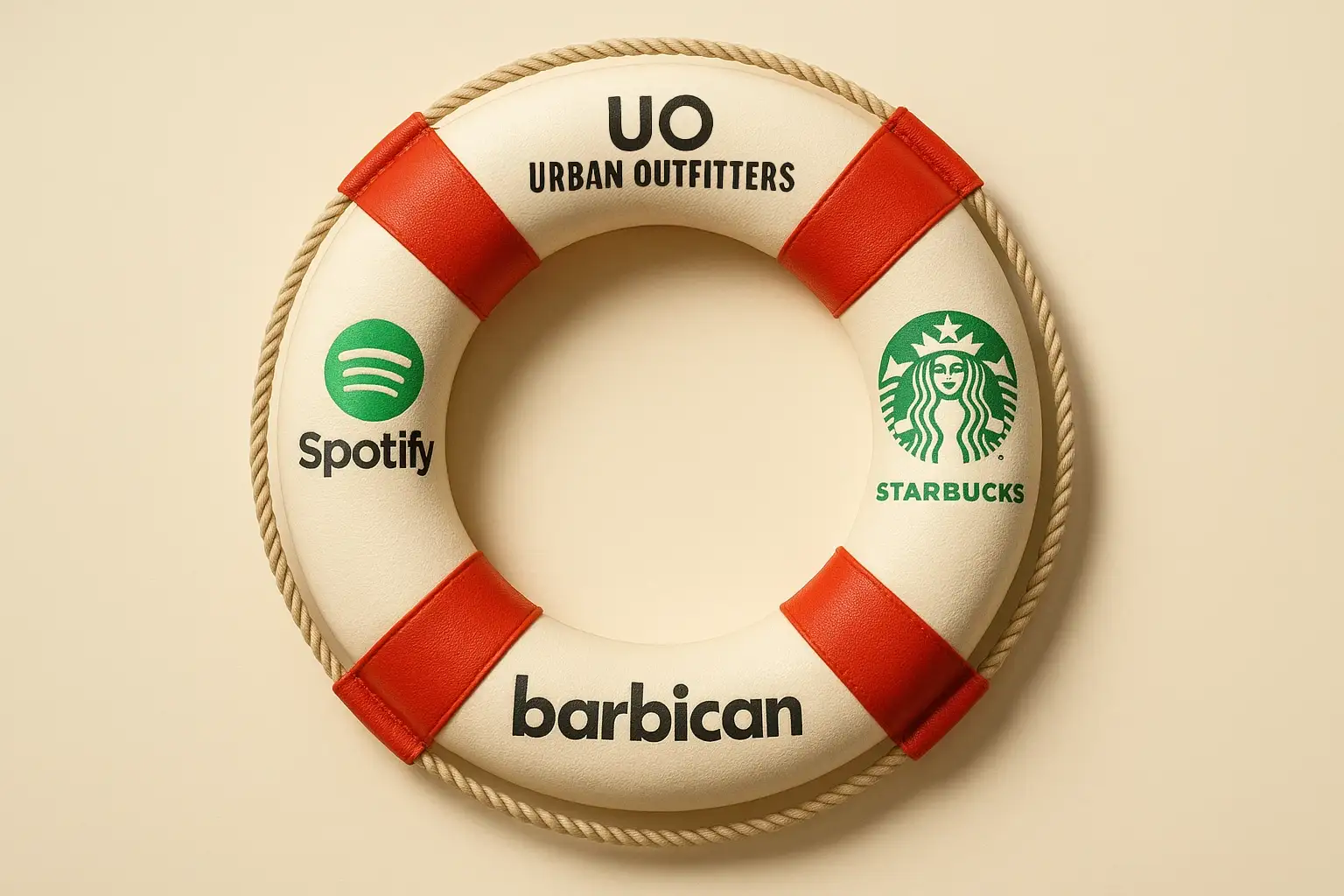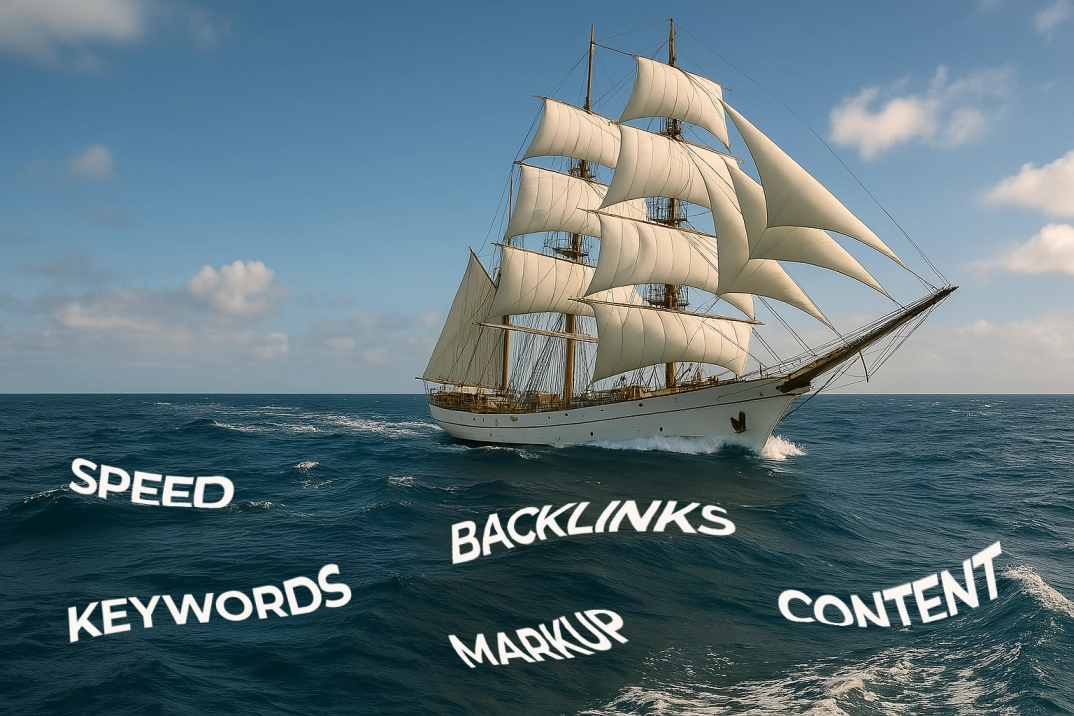Consistency is the secret sauce behind many great brands. A well-crafted brand style guide makes that consistency possible by defining how a brand looks, sounds, and feels across all mediums. Below, we spotlight five outstanding brand style guides — a mix of iconic classics and recent standouts — spanning tech, fashion, hospitality, nonprofit, and arts/education. Each guide is publicly available online, exemplifies top-notch design clarity, and remains highly relevant in 2025.
Spotify – Streamlined & Sound (Tech Entertainment)
Spotify is a leading music streaming platform, and its brand style guide ensures the company's vibrant personality comes through everywhere from the app to ads. The guide is available via Spotify's developer site and it nails the essentials of a modern digital brand: a minimalist color palette, bold use of its logo, and integration with content.
- Style Guide Link: https://developer.spotify.com/documentation/design
- Iconic Color Scheme: Spotify's signature green circle logo is supported by a primary palette of just three colors, making the brand instantly recognizable. Precise color codes (like that unmistakable neon green) and contrast rules are defined to keep visuals consistent.
- Logo Usage Rules: The guide spells out how the Spotify logo can appear (with or without the "Spotify" wordmark, on dark vs. light backgrounds, etc.), with strict regulations on size, placement, and clear space to maintain its impact.
- Content Integration: Uniquely, Spotify's guidelines extend to album artwork and imagery. They provide direction on how album cover art and promotional graphics should co-exist with Spotify's branding, ensuring the music (content) shines while the Spotify brand remains visible and cohesive. This balance between brand elements and user content is key for a media platform like Spotify.
Urban Outfitters – Hip, but By the Book (Fashion Retail)
Urban Outfitters, a trendy fashion and lifestyle retailer, might cultivate an effortless bohemian vibe in stores, but behind the scenes its brand presentation is highly intentional. The Urban Outfitters Brand Book (42 pages) is publicly browsable and showcases how even an "alternative" brand benefits from clear guidelines.
- Holistic Coverage: This guide goes beyond logos and colors. It covers everything from the company's history and philosophy to visual identity and voice. That means designers and marketers get context about UO's ideal customers and core beliefs before diving into design specifics. This big-picture approach ensures every creative decision stays true to the brand's DNA.
- Visual Consistency: All the expected design elements are meticulously defined – a bold, lowercase logo that's treated as a graphic element, a consistent color palette, and typography rules that keep the brand's look uniformly edgy across stores, website, and ads. Even the style of photography (think candid, youthful imagery) and layout guidelines are outlined, so that an Urban Outfitters catalog or Instagram post is instantly recognizable as UO.
- Tone & Voice: Not just visuals – UO's guide also nails down the tone of voice used in copy. The language is casual, creative, and a bit irreverent (to match its young audience), and the guide provides examples to maintain that voice across communications. By including personality and voice, Urban Outfitters ensures the brand feels cohesive whether you're looking at a product shot or reading a social caption.
Starbucks – Global Consistency with Local Flavor (Hospitality)
Starbucks is not only the world's biggest coffeehouse chain, it's also a master class in consistent branding. Its Creative Expression style guide (available via Starbucks' brand site) shows how an iconic brand can stay uniform worldwide yet flex for local and seasonal campaigns. Starbucks' green siren logo and emerald color scheme are known everywhere, and this guide is the rulebook that keeps it that way.
- Style Guide Link: https://creative.starbucks.com/
- Core Elements Defined: The guide establishes firm rules for all of Starbucks' visual hallmarks. The siren logo – and its proper colors, sizing, and placement – is detailed so it's never distorted or misused. The company's signature green (Pantone) and complementary colors are specified to exacting standards. Likewise, Starbucks' warm and inviting typography and layout grids are documented to ensure every flyer, menu, or app screen feels on-brand.
- Voice and Tone: Beyond visuals, Starbucks includes guidelines for its brand voice – friendly, inviting, and thoughtful. This ensures the tone in marketing copy or social media is as consistent as the look. For example, whether it's product descriptions or tweets, the language should make you feel the same familiar warmth as a barista greeting you. (These principles are part of the five key elements Starbucks emphasizes: logo, color, voice, typography, and illustration style.)
- Multi-channel & Seasonal Adaptation: One standout aspect is how Starbucks addresses using its brand across different channels and even seasonal campaigns. The guide provides scenarios for in-store signage vs. mobile app screens vs. advertising, so that the brand experience is seamless from the cafe to your phone. It also includes creative guidelines for seasonal themes (like holiday red cups or local store artwork) – showing how to infuse festive or local flavor without breaking brand rules. This flexibility within guidelines has helped Starbucks remain culturally relevant while maintaining a unified global brand.
NASA – The Original Design Rocket Fuel (Public/Nonprofit)
Even a space agency needs great branding! NASA's style guide, formally the NASA Graphics Standards Manual, is legendary in design circles. First issued in 1975 when NASA adopted its minimalist "worm" logo, the manual is an iconic piece of design itself — so much so that it was reprinted as a book in 2015 due to popular demand. Today, NASA provides its branding guidelines openly online, and they remain a gold standard for clarity and thoroughness.
- Design Heritage: NASA's guide was created by design firm Danne & Blackburn in the 1970s, introducing the modern "worm" logotype (the sleek NASA text logo) in place of the old astronaut crest. The manual meticulously explained how to use the new logo in every context imaginable. (Fun fact: the bold directive in the manual stated that the friendly old "meatball" insignia would be retired, and the new wordmark would carry NASA into the future.) This forward-thinking approach to branding was ahead of its time.
- Thoroughness: Spanning 220 pages, the original NASA style guide covers an incredible range of applications: from how the NASA logo should appear on spacecraft and uniforms, to letterheads, signage, and even the exact grid for reproducing the logo by hand. Every detail is addressed – color specs, clear space, approved typefaces, and usage of the NASA seal vs. logotype. This level of detail ensured that whether a tiny lapel pin or a giant rocket fin, NASA's identity was consistently presented.
- Lasting Influence: The NASA Graphics Standards Manual isn't just historical — it's still referenced and admired in 2025. Designers often cite its clean modernist design and rigor as inspiration. In fact, nostalgia for the "worm" logo led to its partial revival: NASA brought the worm out of retirement for select uses in recent years (alongside the classic blue "meatball"). The guide's reissue in 2015 (funded by a Kickstarter from modern designers who loved it) underscores how timeless and influential this style guide remains. It teaches us that strong branding principles truly are universal – even half a century later, NASA's brand guide still feels out of this world.
Barbican – Bold Simplicity in the Arts (Education/Culture)
The Barbican Centre in London, Europe's largest arts and conference venue, proves that even creative institutions benefit from disciplined branding. Barbican's visual identity is all about simplicity and flexibility, and its published style guide (launched with its rebrand in 2013) is as striking as the art it promotes. This guide manages to be both minimalistic and empowering to designers – a tricky balance that keeps the Barbican brand fresh and alive.
- Style Guide Link: https://guidelines.barbican.org.uk/brand/
- Three Core Elements: The Barbican's entire look is built from just a few ingredients. The guide famously boils it down to one typeface, one wordmark, and one graphic motif. Specifically: Futura is the only font family (used in three weights/sizes), the "Barbican" wordmark itself is a key design element (often displayed vertically), and a bold circular shape (inspired by the Barbican's old logo) serves as a recurring graphic device. By limiting the palette of elements, the brand achieves instant recognizability – that chunky vertical "Barbican" logo and the cut-off circle are now unmistakably associated with the Centre's identity.
- Guided Creativity: Unlike many strict corporate manuals, Barbican's guide encourages experimentation. It asks designers to play with the signature circle "carrier" in inventive ways – e.g. overlapping photos in it, using it as a color window, or animating it – to represent ideas like music, motion, or time. The rules are concise ("Futura is our voice. We only use one font.") but not stifling. By setting basic parameters, the guide gives a framework that still leaves room for creative expression, fitting for an arts organization. This is a fresh take on brand guidelines: rather than being purely prescriptive, it's inspirational, which keeps the brand from feeling static or boring.
- Clarity and Accessibility: Barbican's style guide is also beautifully designed in its own right – clean, colorful, and easy to navigate (each guideline is stated clearly alongside visuals). It even embraces transparency: the full guide was made available free to the public, reflecting the Barbican's ethos of "Arts without boundaries" (and indeed, the guiding principle "Arts without boundaries" is highlighted as the driver of all their communications). This openness not only helps partners and media use the brand correctly, but also bolsters the Barbican's image as a forward-thinking, community-oriented institution.
Conclusion
These five style guides – from a music app to a museum – demonstrate the power of well-crafted brand guidelines. Whether it's innovating within a minimalist system (Barbican), documenting every pixel of a logo (NASA), or adapting a global brand locally (Starbucks), each guide offers valuable lessons. By studying these examples, brands in any industry can learn how to create a cohesive identity that stands the test of time (and 2025's ever-evolving design trends). Consistency and creativity can go hand-in-hand – and these style guides show us how it's done, in brilliant detail.



